Have you ever wondered why there are different types of trucks on the road whenever you’re out? Why not just one kind? For those of you wondering why we ever need different types of trucks and why a warehouse and logistics company like Stryder uses them, this article is for you!
We’ll talk about how trucks are designed differently and what purpose they serve. In this comprehensive guide, you’ll be able to immerse yourself in the trucking world and understand how each truck is different! And you’ll be able to learn this firsthand from one of the best warehouse and transportation companies in the USA!
Types of Trucks Used in the Industry
So, what are the different kinds of trucks used in the logistics industry? Let’s get into it!
Box Trucks
Let’s start with the most basic truck out there, the Box Truck. Most box trucks have an (as the name suggests) box-shaped cargo unit attached to the back. These are designed to carry anything from equipment to furniture, packaged goods, and anything else that can be tightly packed.
The size of these trucks usually varies between 10-25 feet long, and they can carry between 12,000-32,000 lbs. (depending on the model). These are pretty effective in getting the job done since they’re comfortable for the drivers (who usually have a separate cabin) and are cheaper to hire when compared with heavier trucks.
If you’re looking to get small to medium-sized cargo moved, then this is a great option. Perfect for small business owners as well as retailers since these trucks are usually used to supply different retail shops from wholesalers.
Flatbed Trucks
Another well-known type in the truck industry, the Flatbed, is a truck with only a driving cabin, and the rest is an open slab onto which you can load any sort of cargo, be it open loads, trailers, or industrial materials like steel and iron.
These are usually suited for heavier loads and can load up to 20 tons (depending on the truck model). These trucks are further divided into different categories, which are:
- Lowboy
Usually used to haul freight, this has a lowered platform designed to carry materials that are tall in nature.
- Step Deck
These have two decks, a long bottom deck, and a shorter top deck, and these are also designed to carry cargo that would usually exceed height limitation on normal flatbeds.
- Stretch Double Drop Trailers
These are extremely long and designed for cargo that is usually exceeding length restrictions. The back wheels also provide support for the cargo, ensuring that it doesn’t sway the truck during transit.
- Removable Gooseneck Trailers
These trucks have a detachable front and are designed to be tilted so they can be used as a ramp. This way, trailers can be placed easily onto the platform and can have a cargo weight of over 150,000 lbs.
- Conestoga
These are specialized flatbeds that have a hard tarp system attached to them in order to protect the freight during transit. This is great for equipment that is large yet relatively fragile and needs to be protected from environmental hazards.
- Sidekit
A side kit trailer has panels on the side to protect carried freight, which is usually not sealed or packed. These panels are usually of a resistant material, like plywood or fiberglass.
Refrigerated (Reefer) Trucks
These are technologically more advanced trucks that are completely fitted with equipment that is used to maintain temperature. They are usually made from a completely metal or fiberglass material, which maximizes insulation. Not only that, but they also come with refrigeration units!
Reefer trucks are the backbone of several industries that are related to perishable goods, which include meat, fruit, fish, pharmaceuticals, as well as chemicals or any other material that is sensitive to temperature.
Reefer trucks also come with compartmentalized refrigeration, so you can carry different cargo at different temperatures within the same unit! This is achieved by having sensors installed that ensure that the temperature stays within a certain limit and increases or decreases cooling to maintain that temperature.
These are one of the most expensive ways to transport cargo, but the price is worth it since you’re able to transport goods that would otherwise be easily spoiled! These are used by some of the best warehouse and transportation companies to get valuable goods from point A to point B without being spoiled!
Tail Lift Trucks
Tail lift trucks have a special ramp installed in the back that lowers down to a ground level so that cargo can be loaded up on it. The ramp then rises to bring the cargo to trailer level so that it can be placed within the cargo unit with ease.
This reduces loading times and is a preferable solution when loading and unloading heavy goods.
Mini Trucks
While these are minuscule when compared to trailers, they still play a huge part in the supply chain! These are usually used for last-mile deliveries and have a cargo limit of around 1 ton or less. You’ll usually see these in more suburban areas, where retailers and small shops use these to get their daily and weekly supplies of goods.
Stryder’s services
Stryder owns a fleet of different trucks, all catering to different needs, and is able to provide a complete logistics and warehouse management solution to its partners. Being the choice of logistics for some of the country’s biggest food and beverage companies, Stryder ensures a 99+% of completed on-time deliveries. No matter what nature, Stryder will help you find simple solutions for complex supply chain problems.
Conclusion
That covers it for some of the most commonly used trucks in the logistics and warehouse management industry, and you’ll be able to recognize one of these the next time you see one of them on the road. Make sure to be well-informed of the latest trends in the supply chain industry for when you need someone for your next logistical drop!

Recent Comments